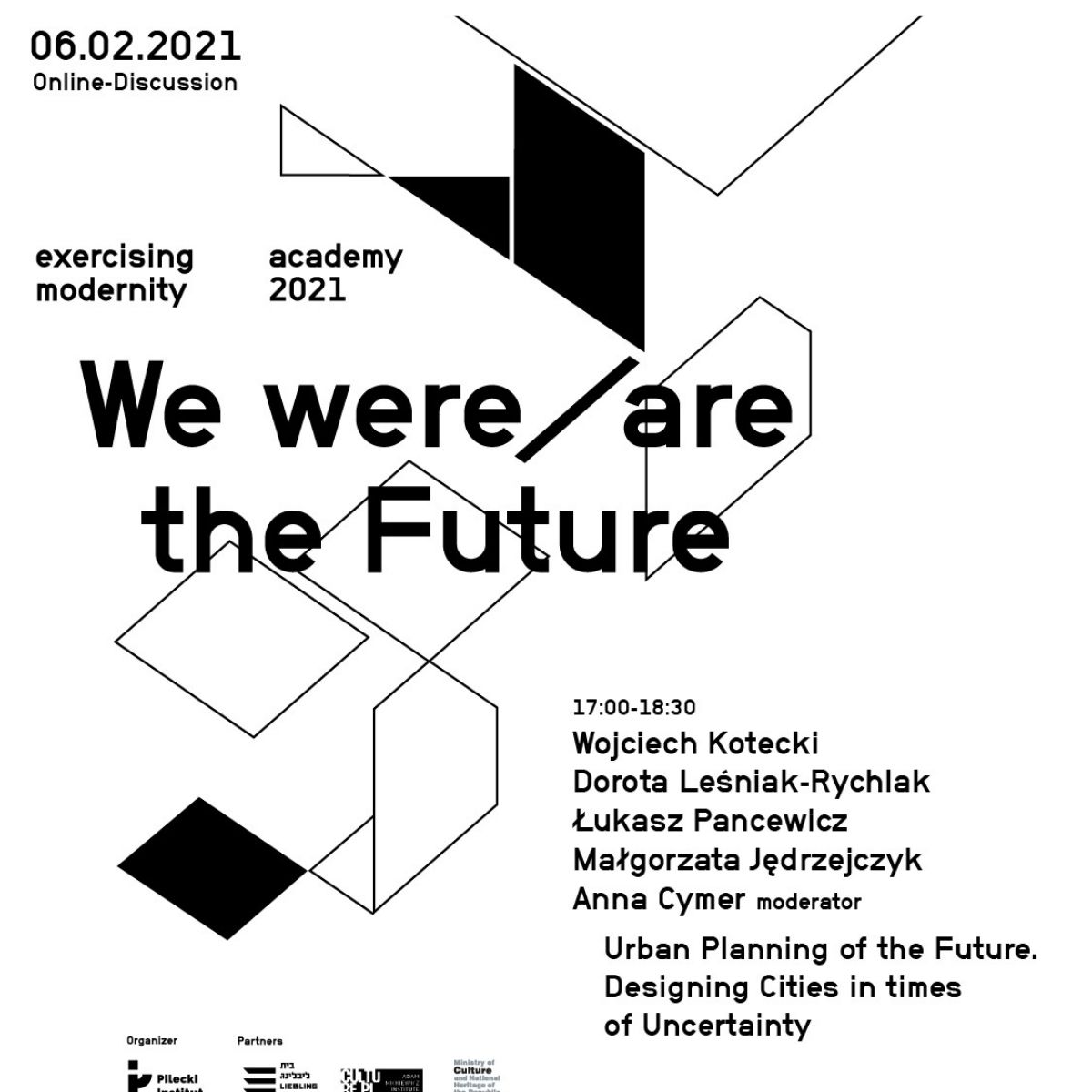Vor 19 Jahren zelebrierte Richard Florida in seinem bekannten Buch die neue „Creative Class“. Sie sollten den verödeten postindustriellen Gebieten und Innenstädten neues Leben einhauchen und einen neuen, von Entfremdung und Eintönigkeit befreiten Arbeitsmarkt heraufbeschwören. Aus einem anderen weltanschaulichen Spektrum stammend, sang Edward Glaser, welcher das eher konservative Manhattan Institute und „City Journal“ repräsentiert, mit seinem 2010 erschienen Buch „Triumph of the City“ ein weiteres Loblied auf die Geschichte der Stadt und die moderne urbane Entwicklung: Städte seien Wohlstands- und Kreativitätsfördernd und stellten dazu auch noch eine ökologisch nachhaltige Lösung dar.
Beide Autoren trennt vieles, vereint aber eins: sie mussten ihre hurraoptimistischen Diagnosen entweder revidieren oder zumindest ergänzen. Wenig überraschend war daher, dass die Titel der späteren Werke beider Autoren einem gänzlich anderen Tenor folgten: „The New Urban Crisis: How our Cities are Increasing Inequality, Deepening Segregation and failing the Middle Class and what we can do about it” lautete der Titels des zweiten Buchs von Richard Florida, letztes Jahr folgte Edward Glaser mit einem neuen Paper: „Urbanization and its Discontents“.
Diese Entwicklungen sind alles andere als Zufall und so werden von Berlin bis New York Forderungen laut, nicht mehr in die Mottenkiste überkommener Politikansätze zu greifen, sondern nach neuen Lösungen im Bereich der Stadtplanung und der Wohnungspolitik zu suchen. In einem interdisziplinären Kreis ausgewiesener Expert*innen mit einer großen Bandbreite an akademischen Hintergründen – mit dabei sind Kunsthistoriker*innen, ein Stadtplaner und eine Architektin – wollen wir uns dieser Problematik annähern und gerade auch vor dem Hintergrund gegenwärtiger Herausforderungen – Klimakrise, Covid-19 – nach innovativen Lösungen suchen. Die Pandemie bringt große Veränderungen für die Ballungsräume mit sich und erzwingt neue Planungsansätze, die die Distanzvorkehrungen miteinbeziehen müssen. Das Konzept der öffentlichen Sphäre, dank welcher die Stadtbewohner*innen sich als öffentlich aktive Citoyens wahrnehmen konnten, steht ebenfalls vor gewaltigen Herausforderungen.
Die Online-Diskussion findet als Teil von „Exercising Modernity 2021“ statt. Dementsprechend wird auch die Bedeutung der Moderne in den Vordergrund gerückt: Welche Annahmen und Ziele lagen ihr zugrunde, wie hat sie das Stadtleben geprägt und wie sieht dahingehend ihr „Track Record“ aus, denn nicht erst seit Autoren wie Siegmund Bauman oder der Frankfurter Schule dürfte klar sein, dass die historische Bewertung der Moderne nicht ohne Ambivalenzen auskommt. Die aller wichtigste Frage dürfte allerdings sein: Bietet sie uns auch heute noch Lösungsansätze, die nachhaltig und erfolgversprechend sind?
Die Diskussion findet auf Polnisch statt, wird aber simultan ins Englische übersetzt.
Hauptorganisator: Pilecki-Institut Berlin
Partner*innen: Adam Mickiewicz Institute, Liebling House – The White City Centre
Urban Planning of the Future. Designing Cities in Times of Uncertainty | Online-Diskussion mit Wojciech Kotecki, Dorota Leśniak-Rychlak, Łukasz Pancewicz, Małgorzata Jędrzejczyk | Moderator: Anna Cymer | 17.00, 06.02.2021 | Hier können Sie sich registrieren: https://zoom.us/webinar/register/WN_16OtiqoJTXu3dY2ODoUFAQ
English
It happens that reality can overtake human imagination. No sooner had we developed a debate on urban planning, the process of forming cities and modernistic heritage which has done much to mold our urbanized environment, than the global pandemic challenged our views on the subject. The virus, which has forced people to maintain greater distances between one another and complicated typically urban co-existence in crowded and boisterous groups, will doubtlessly influence urban planning. What consequences will it have? Where can we find points of reference for them? Can modernism become an inspiration, with its neighborly units, its intimate public spaces and access to greenery? What can we, today, in the age of climate change and viral threat, learn from the past in order to make our cities more conducive to life? Has modernism taught us anything, given us anything, or should we plan to rethink our cities from the ground up?
Panelists
Dorota Leśniak-Rychlak is a Polish art historian and architect with a doctoral degree. She is editor-in- chief of “Autoportret”; founder and chairperson of the Architecture Institute Foundation; curator and co-curator of numerous architecture exhibitions, including “Impossible Objects” at the Polish Pavilion, 14th edition of the Architecture Biennale in Venice and the “Warsaw Under Construction” Festival at the Museum of Modern Art in Warsaw. Originator and editor of publications in the field of architecture theory and practice. Her recent publication titled “Jesteśmy wreszcie we własnym domu” (“We are finally in our own home”) concerns housing changes that took place in Poland during the transformation period.
Łukasz Pancewicz is an urban planner with doctoral degree, academic instructor and, along with Monika Arczyńska, a co-founder of A2P2, an architecture and planning firm specializing in solving complex urban problems. In his early career, Pancewicz worked as a consultant and official dealing with urban planning for the city of Łódź. He completed his internship at the Massachusetts Institute of Technology. He has carried out projects involving urban planning in cities such as Gdańsk, Warsaw and Kraków, public space planning (Gdynia, Łódź) and designing public services (e.g. a system of public bike hire in the regions of Upper Silesia and the Dąbrowa Basin).
Wojciech Kotecki is an architect and urban planner who graduated from the Architecture Department of the Warsaw University of Technology. He is a member of the executive committee of the Contest Jury of the Polish Association of Architects (Warsaw branch), an academic instructor at the Architecture Department of the Warsaw University of Technology and, since 2014, a co-owner of the architecture firm BBGK Architekci. He took part in the construction of several master plan projects, residential facilities, high-rise buildings and public buildings such as the municipality hall in Konstancin-Jeziorna, a prefabricated residential building on Sprzeczna Street in Warsaw, or the master plan of the Gdańsk Shipyard – Młode Miasto (with Henning Larsen).
Małgorzata Jędrzejczyk is an art historian and curator. She studied Art History at the Jagiellonian University, Universität Wien and Humboldt-Universität zu Berlin. The author of academic articles on art and architecture of the 20th century and publications in exhibition catalogs and magazines. Co-editor of the publications “Image/Body and Composition of Space. Sculptures of the avant-garde”. Curator and co-curator of exhibitions, including “Identity. 100 Years of Polish Architecture” (2019); “Composing Space. Sculptures of the avant-garde” (2019-2020). Head of the Exercising Modernity Program (Pilecki Institute Berlin).


